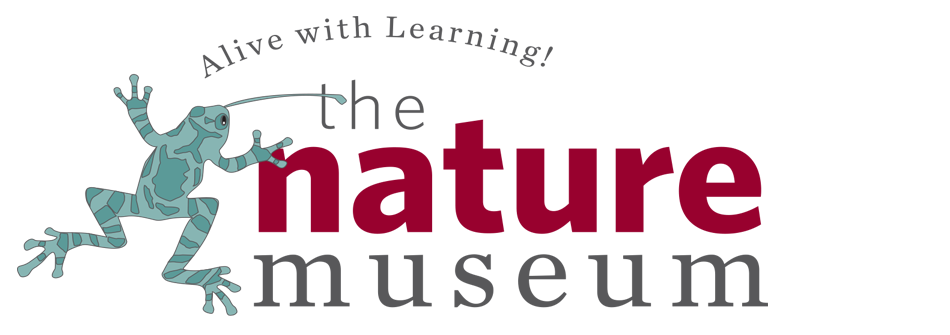New Partnership Expands Giving Opportunities
Article by Rick Cowan, Board Member
Thanks to a partnership with the Vermont Community Foundation [VCF], The Nature Museum can now receive gifts that support the museum’s work while gaining income and tax advantages for donors. You don’t need to be a millionaire to take advantage of planned giving! Lots of people of modest means can give and receive these benefits.
As a non-profit 501(c)(3) organization, The Nature Museum is wholly supported by donations, and program fees, in-kind gifts, and grants. The generosity of our supporters allows us to offer exciting and affordable nature programs, to schools and libraries, day camps for youth and engaging talks and fun walks for adults eager to explore and steward the natural world.
The Vermont Community Foundation (VCF) Planned Giving Partnership is a positive new relationship for us as it allows new ways for our donors to invest in The Nature Museum. Established in 1986 as a permanent source of support for the state, VCF is a family of hundreds of funds and foundations created by Vermonters to serve their charitable goals. The Vermont Community Foundation provides the advice, investment vehicles, and back-office expertise to make your charitable giving easy and inspiring.
Planned giving is a way of supporting non-profits, such as The Nature Museum, in many different ways:
- bequest
- including The Nature Museum as a beneficiary on a life insurance policy or retirement account
- charitable gift annuities (CGAs)
- charitable remainder trusts (CRTs)
Charitable gift annuities make fixed payments, starting either when the gift is made (an immediate-payment gift annuity) or at a later date (a deferred or flexible gift annuity). Charitable remainder unitrusts and annuity trusts are individually managed trusts that pay the beneficiaries either a fixed percentage of trust income or a fixed dollar amount.
While some planned gifts, such as charitable gift annuities, provide lifelong income to the donor, others use estate- and tax-planning techniques to provide for charity and other heirs in ways that maximize the gift and/or minimize its impact on the donor's estate.
What are the tax benefits of planned gifts?
- Donors can contribute appreciated property, like securities or real estate, receive a charitable deduction for the full market value of the asset, and pay no capital gains tax on the transfer.
- Donors who establish a life-income gift receive a tax deduction for the full, fair market value of the assets contributed, minus the present value of the income interest retained. If they fund their gift with appreciated property, they pay no upfront capital gains tax on the transfer.
- Gifts payable to charity upon the donor’s death, like a bequest or a beneficiary designation in a life insurance policy or retirement account, do not generate a lifetime income tax deduction for the donor, but they are exempt from estate tax.
IRA Rollover or RMD Distribution
Under the 2015 Protecting Americans from Tax Hikes Act [PATH], the IRA Charitable Rollover is extended permanently. As a result, you or your spouse (if over age 70 1/2) can authorize your IRA/Roth custodian or plan administrator to make a qualified charitable distribution directly to The Nature Museum, and that tax-free donation can count toward your Required Minimum Distribution [RMD]. Please note that if you take the distribution yourself and then gift it or direct the distribution through a donor advised fund, the amount will count as taxable income.
Interested in exploring any of these options? Contact our Executive Director Carrie King at 802-843-2111 or by email at carrie@nature-museum.org.


